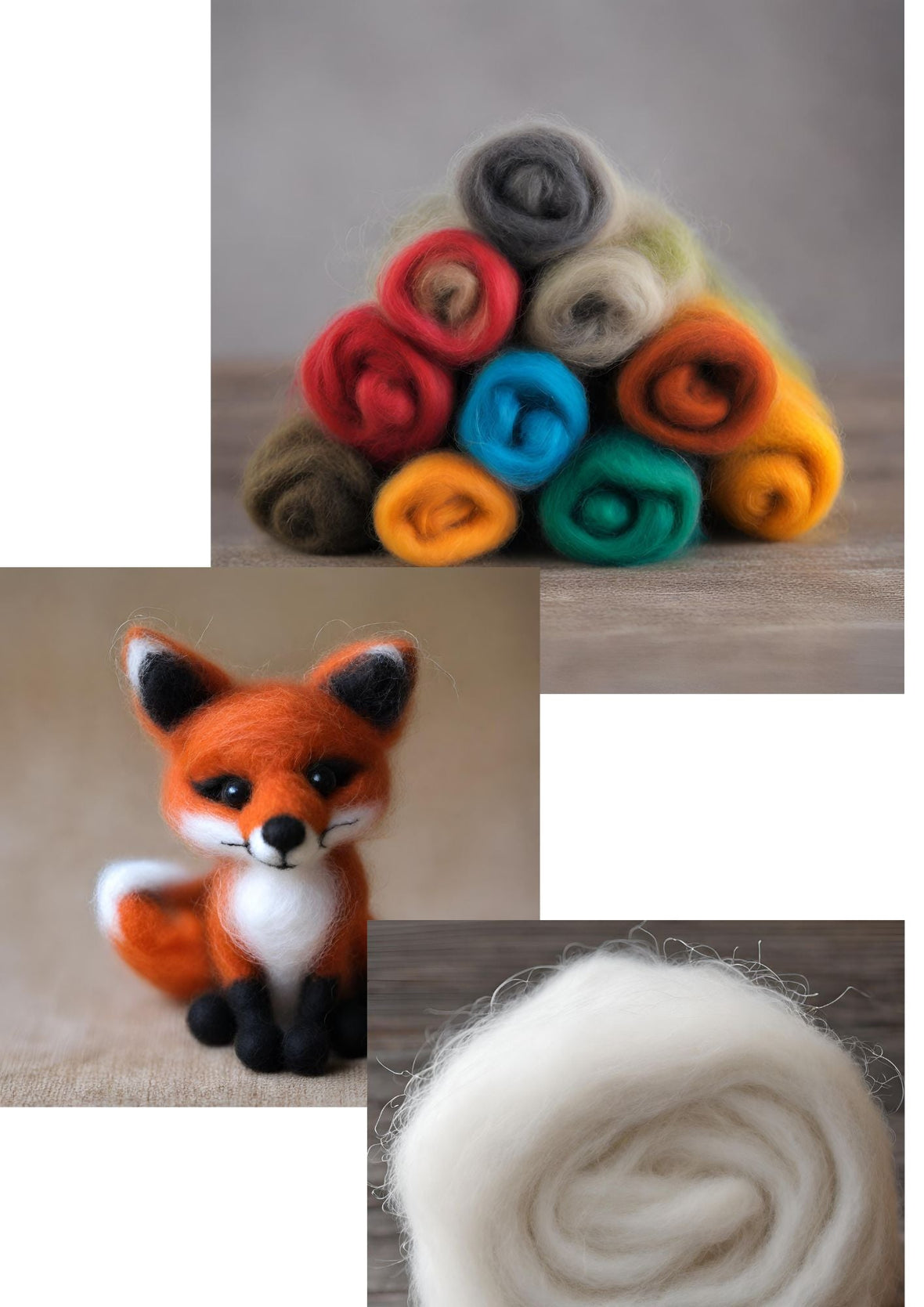
Handy Guide to Felting
Angela Park2 comments
When it comes to the world of textiles and crafts, felting wool is a technique that has been around for centuries. It involves matting and condensing fibers together to create a dense and sturdy fabric. Whether you are a seasoned crafter or just starting out, understanding the terminology associated with felting wool is essential. In this blog post, we will explore the key terms and concepts related to felting wool, so you can dive into this fascinating craft with confidence.
What is Felting
Felting is the process of matting and condensing wool fibers together using heat, moisture, and agitation. This causes the fibers to interlock and create a dense fabric. There are two main types of felting: wet felting and needle felting.
Wet Felting
Wet felting is the traditional method of felting wool. It involves soaking the wool fibres in warm soapy water and then agitating them by rubbing, rolling, or pounding. The combination of heat, moisture, and agitation causes the fibres to interlock and create a solid fabric.
Needle felting
Needle Felting is a modern technique that uses a special barbed needle to interlock the wool fibres. The needle has tiny barbs along its length, which catch and tangle them together as it is repeatedly poked into the wool. This method allows for more precise control and is often used for creating intricate designs or adding details to felted projects.
Fibre
Fibre refers to the individual strands of wool that are used in felting. It can come from various sources, such as sheep, alpaca, or synthetic materials. The type of fibre used can affect the texture, colour, and overall quality of the felted fabric.
When this word is used, we're talking about long fibres, that are all lined up in the same direction. They work great for adding those finishing touches, or for adding the look of fur or hair. In the UK, we tend to use the word "Top" in other countries the same wool may be described as 'Roving". It is also often used in wet felting projects as it can be easily layered and manipulated to create different shapes and textures.
Carded wool, comes as a Batt, Sliver or Core. These are short, coarse fibre that are super easy and quick to felt. They're perfect for sculpting and kicking off new projects.
Carded wool, has short fibres in a roll or sheet. This is the perfect foundation to projects, it makes a great stable base for sculpture, quick to felt and super soft. We would advise this over core wool, which can be haphazard with its direction of fibres. Using a carded batt, allows you to quickly make the shapes you desire. Batts can be easily torn or cut into smaller pieces for shaping and sculpting.
Core Wool
Core wool, has fibres in all different directions, the wool can be in clumps with no directional fibres. It can be useful for stuffing, or for bulking out an armature. Core wool can also be purchased as a Sliver, which is more useful.
Locks provide one of the very best final touches in felting
Wool Micron
Wool is often described in microns, the lower the micron the finer the wool, a 21 micron typically describes a Merino wool. This wool would be perfect for details, but for building a sculpture, you need a higher micron wool.
Wool breeds
One of the most popular wools is Corriedale, it comes in Tops, Carded Slivers, and Carded batts. It's soft, lofty, quick to felt and usually has only a small amount of natural debris. Corriedale has a New Zealand origin available in bold or natural shades. Wool Micron 25 - 30
A breed developed for hilly land by crossing Romney and Cheviot. A New Zealand sheep, that has a beautiful natural white coat. Available in natural white and bright colours. Super quick to felt, soft and very little natural fibre. Wool Micron 28 - 33
A British wool, a popular fibre that felts easily. Bouncy with strong, matt natural colours, slightly coarser than Corriedale. Wool Micron 33 - 35
Wool Micron: 29 - 31
Back Welsh Wool
Black Welsh Mountain British Wool, is multi tonal, it's a lofty wool, and has a wool Micron: 31 - 35, making it coarser than some of the other wools. This does mean it is very quick to felt.

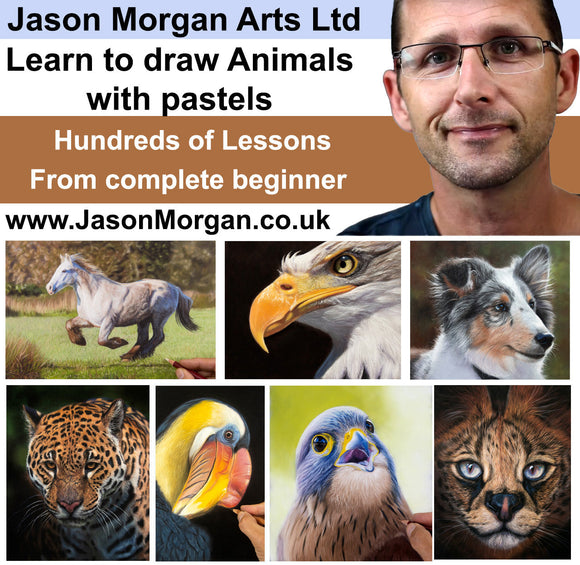
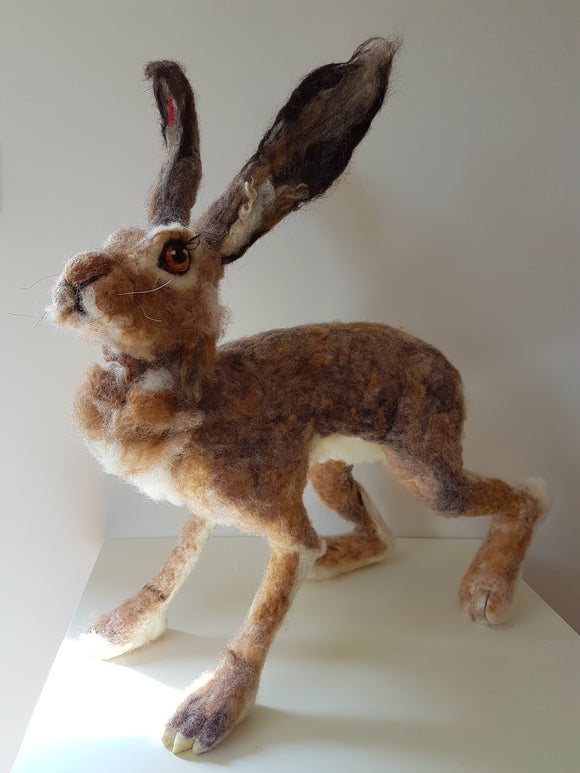
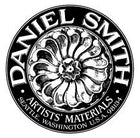
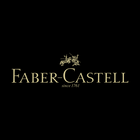

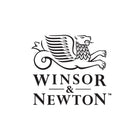
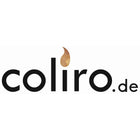

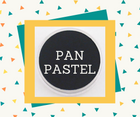

Comments (2)
Thank You for providing this helpful information
Thank you this was informative